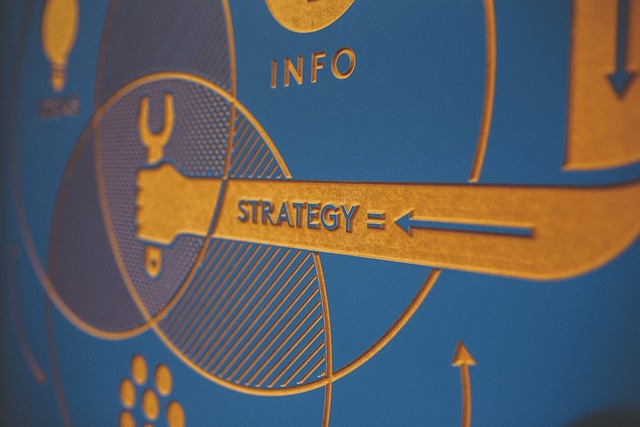Artificial intelligence (AI) is revolutionizing the way we approach disaster response and recovery planning. With tools like predictive analytics, machine learning, and real-time monitoring, AI is becoming an indispensable part of emergency management. From disaster risk reduction (DRR) to AI-powered disaster recovery solutions, the integration of smart technologies into crisis management is transforming how governments, organizations, and communities prepare for and respond to crises. This article explores how AI can be leveraged for effective disaster management, focusing on areas like emergency communication, logistics, and post-disaster recovery efforts.
AI in Emergency Management
AI is changing the landscape of emergency management by enabling faster, more efficient responses to disasters. These systems can predict potential threats, simulate disaster scenarios, and streamline the allocation of resources during a crisis.
Predictive Analytics for Disaster Response
Predictive analytics uses historical data and machine learning to forecast potential disasters. By analyzing weather patterns, seismic activity, or even social media data, AI systems can provide early warnings about hurricanes, earthquakes, or wildfires.
- These forecasts allow authorities to plan evacuations, allocate resources, and minimize casualties.
- For example, AI models have been used to predict the path of hurricanes, enabling better preparedness for coastal regions.
- Governments can also use these tools to simulate disaster scenarios and improve their response strategies.
AI-Driven Emergency Communication Tools
During a disaster, effective communication is critical. AI-powered platforms streamline this process by providing real-time updates and managing information flow.
- Chatbots can deliver timely updates to affected communities via text or social media.
- AI tools translate emergency alerts into multiple languages, ensuring inclusivity in communication.
- These systems also monitor social media for distress signals, enabling faster rescue operations.
Disaster Recovery Using Artificial Intelligence
Recovery planning is just as vital as the immediate response, and AI plays a crucial role in post-disaster efforts.
AI-Powered Disaster Recovery Solutions
AI aids recovery by identifying areas most in need of support and optimizing resource allocation.
- Satellite imagery combined with AI can assess damage to infrastructure, homes, and farmlands.
- Machine learning algorithms prioritize recovery tasks, such as rebuilding critical infrastructure first.
- These systems also track recovery progress, ensuring that efforts remain on schedule and within budget.
Using AI for Post-Disaster Recovery
AI-driven tools assist in analyzing post-disaster data, helping authorities understand the disaster’s impact better.
- AI can monitor environmental changes like soil erosion or water contamination after a flood.
- Predictive models help anticipate future vulnerabilities in disaster-hit areas.
- Governments and NGOs use these insights to design long-term recovery plans that promote resilience.
AI in Disaster Risk Reduction (DRR)
Disaster risk reduction focuses on preventing and mitigating the effects of disasters, and AI contributes significantly to this domain.
Machine Learning for Disaster Preparedness
Machine learning models process massive datasets to identify patterns and vulnerabilities that may lead to disasters.
- AI can assess the structural integrity of buildings in earthquake-prone areas.
- Predictive tools recommend preventive measures, such as reinforcing dams or relocating communities.
- These technologies help urban planners design smarter, safer cities.
Real-Time Disaster Monitoring with AI
Real-time monitoring systems powered by AI provide up-to-the-minute data about developing crises.
- AI-enabled drones survey affected areas, offering live feeds to rescue teams.
- These systems track weather conditions, rising water levels, or fire spread, enabling rapid responses.
- Governments and organizations use this data to make informed decisions during emergencies.
Smart Technologies for Disaster Response
The integration of smart technologies enhances overall disaster response capabilities.
How AI Can Improve Disaster Logistics Management
Logistics during disasters involve the transportation and distribution of essential supplies.
- AI systems optimize supply chain routes, ensuring that aid reaches affected areas quickly.
- These tools also monitor inventory levels, preventing shortages or surpluses.
- Machine learning models predict resource needs based on the scale of the disaster.
Leveraging AI for Resilient Recovery Planning
AI helps communities recover faster by fostering resilience against future disasters.
- AI tools design evacuation routes that minimize risks in future emergencies.
- Machine learning algorithms recommend policies to strengthen infrastructure against recurring disasters.
- Communities can use AI insights to adapt to climate change-related challenges, such as rising sea levels or extreme weather.
Conclusion
The potential of AI in disaster response and recovery planning is immense. By harnessing predictive analytics, machine learning, and real-time monitoring, we can enhance our ability to manage emergencies effectively. From proactive disaster risk reduction to efficient recovery strategies, AI provides innovative solutions that save lives and rebuild communities. As we face increasingly complex challenges from natural and man-made disasters, integrating AI into disaster management will become more critical than ever.






